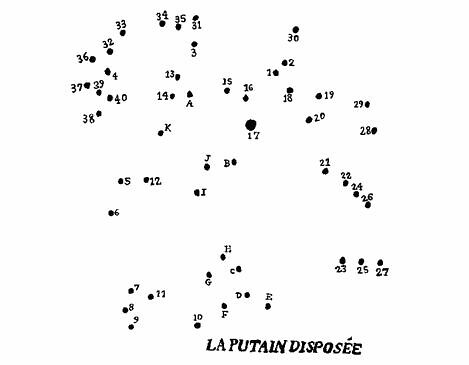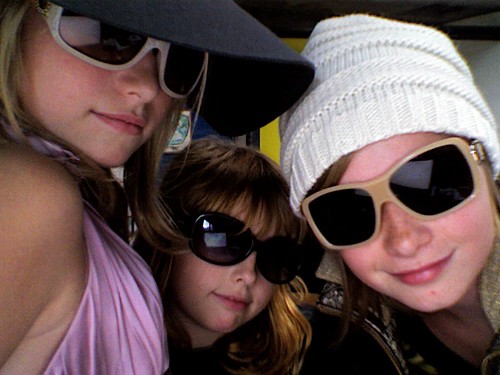Poster for first the Wet Dream Film Festival (1970) in Amsterdam
At the end of the 1960s and beginning of the 1970s, Amsterdam was somewhat of a countercultural capital. It was where Suck, The First European Sex Paper was published. Around this time two Wet Dream Film Festivals were organized. The first took place in the autumn of 1970, It had an international jury consisting of Germaine Greer, Jay Landesman, Richard Neville, Michael Zwerin, Didi Wadidi and Al Goldstein. The first prize went to Bodil Jensen in A Summer Day. The “Blast from the Past” award went to Jean Genet‘s film: Un chant d’amour. The Walt Disney Memorial Award went to Christie Eriksson‘s Snow White and the Seven Dwarfs. Other prizes were awarded for Peter Flemming, Walter Burns and Falcon Stewart. The Second Wet Dream Film Festival was held in 1971 between October 20 and October 25, again organized by Jim Haynes. Festival jury included Germaine Greer, Al Goldstein, William Holtrop, Didi Wadidi, Anna Beke and Michael Zwerin plus new-comers Mama Cass, Roland Topor, Heathcote Williams, William Burroughs, Carlos Clarens, Tomi Ungerer, Betty Dodson, Marie-France and Miss Angel. Jens Frosen (“Quiet Days in Clichy”) documented the event. Lou Sher, president of Sherpix, who picked up “Adultery For Fun and Profit” at the first festival, put up $1,000 for the first prize this year plus a promise of U.S. theatrical distribution. Organizer Haynes told Variety: “What most people don’t understand about last year’s Wet Dream Festival is that we are not concerned with pornographic aspects primarily, but with the libertarian concept. It is an attack on paternalism because it asks why people can’t see any image they want.”
This post is dedicated to the work of Earl Kemp.








